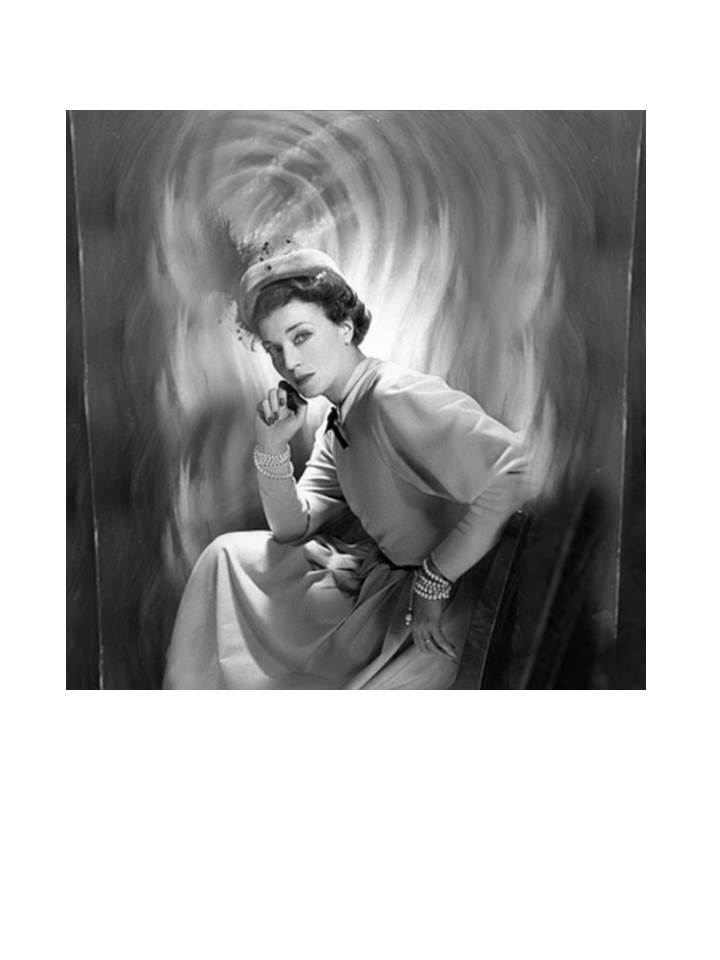Mona Bismark: The best dressed woman and her pearls

Born in Kentucky, Mona Bismarck was one of the most influential tastemakers of all time. She was famous equally for her beauty and fashion sense, particularly her trademark silver hair and pearls. Mona was the first American to be declared the Best Dressed Woman in the World in 1933, a distinction bestowed upon her by Paris designers Chanel, Molyneux, Vionnet, Lelong, and Lanvin.
She married five times and ”she always married better and better,” says James Birchfield, author of the biography Kentucky Countess. Mona’s marriages propelled her upwards in society. As Vogue described, she ascended quickly by marrying a series of older, wealthier men. She acquired the aristocratic title of countess by marrying Eddie Bismarck, a grandson of the German chancellor Otto von Bismarck, in 1955 and she reached its pinnacle with her third marriage to Harrison Williams, who was known as the richest man in America, if not the world.
Cole Porter immortalized her in his song “Ridin’ High” and wrote the line, delivered by Ethel Merman: “What do I care if Mrs Harrison Williams is the best dressed woman in town?” in the 1936 Broadway musical Red, Hot and Blue. While Truman Capote satirized her in Answered Prayers.
Surrealist Salvador Dali painted her portrait. With his legendary perversity, he painted Mona, one of the wealthiest and most fashionable members of early-mid 20th century high society, in tattered black rags–but still with her pearls on.
She developed a close friendship with Cristóbal Balenciaga in her 30 years as a client and patron. After a railroad accident destroyed many of her clothes, she ordered 150 dresses from the couturier in one sitting. Upon the closing of Balenciaga’s fashion house in 1968, it was said that Mona took to her bed for three days in despair. That’s how she took fashion–very intensely.
Dressed to the nines, Bismarck was regularly photographed by Steichen, Horst and her close friend, Cecil Beaton, who was devoted to Mona.
Hubert de Givenchy said, ”Mona would make sure that the pearls didn’t touch her dress when she sat down. It was important the jewels could move. “
In May 1986, this necklace sold for $410,000 surpassing the pre-sale estimate of $139,000-195,0000 at Sotheby’s in Geneva. The enhanced price realized for the Mona Bismarck two-strand pearl necklace in May 1986, represented the beginning of a trend towards the end of the 20th-century, during which a strong auction market for natural pearls was registered, where the final prices realized far exceeded the pre-sale estimates.
In her later years, she divided her time between her townhouse in Paris and her villa in Capri. She died in 1983, but her legacy lives on through the Mona Bismarck Foundation in Paris, which promotes Franco-American cooperation through the arts.
All throughout her life, she wore pearls. And when she did, it was always, as Cecil Beaton once described, “little short of a tour de force”.
Download the full article below, or see www.marlm.com for more.